J.W. Anderson on the Beauty of Being Basic—And His Latest Uniqlo Collection
J.W. Anderson on the Beauty of Being Basic—And His Latest Uniqlo Collection
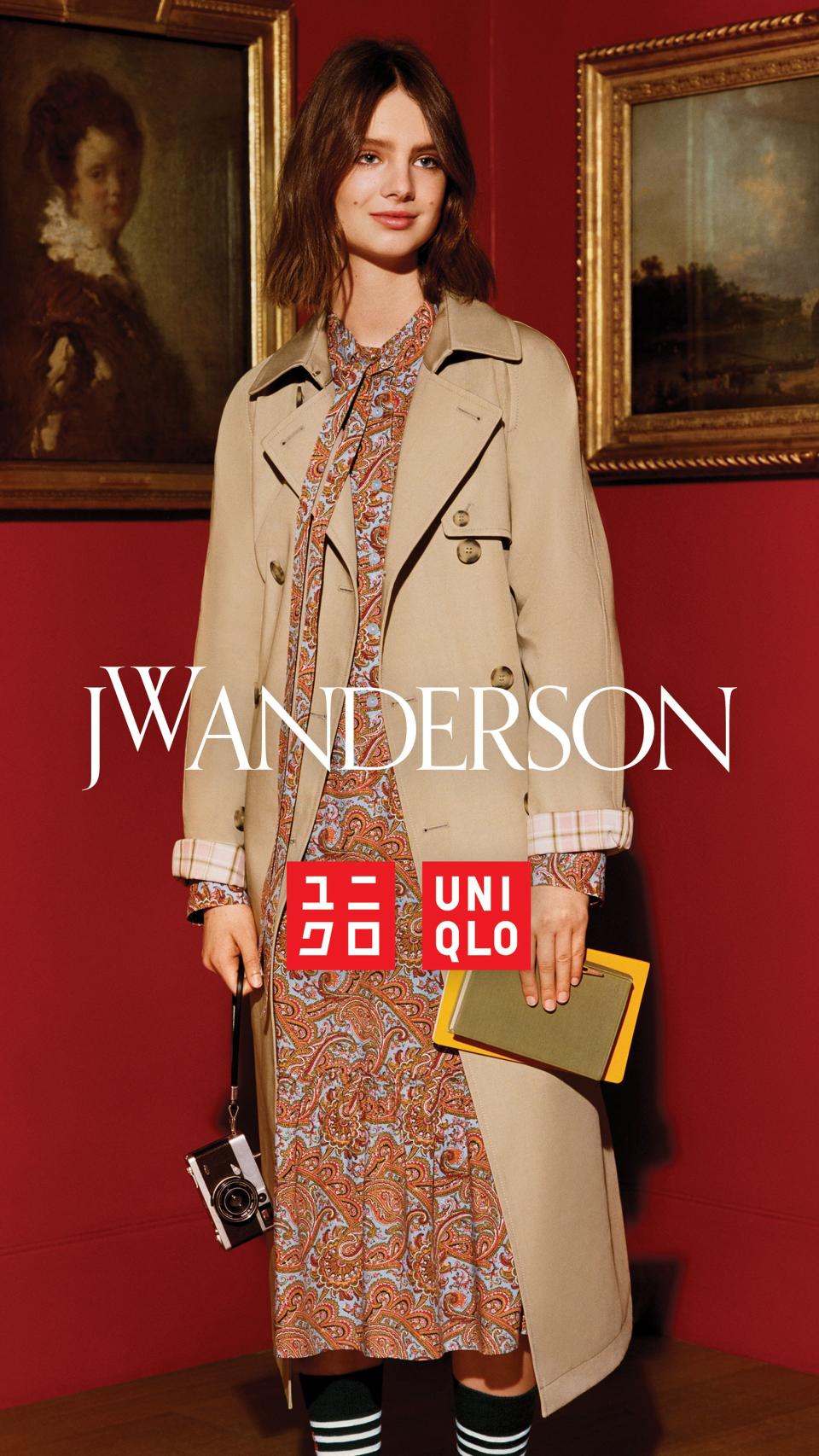
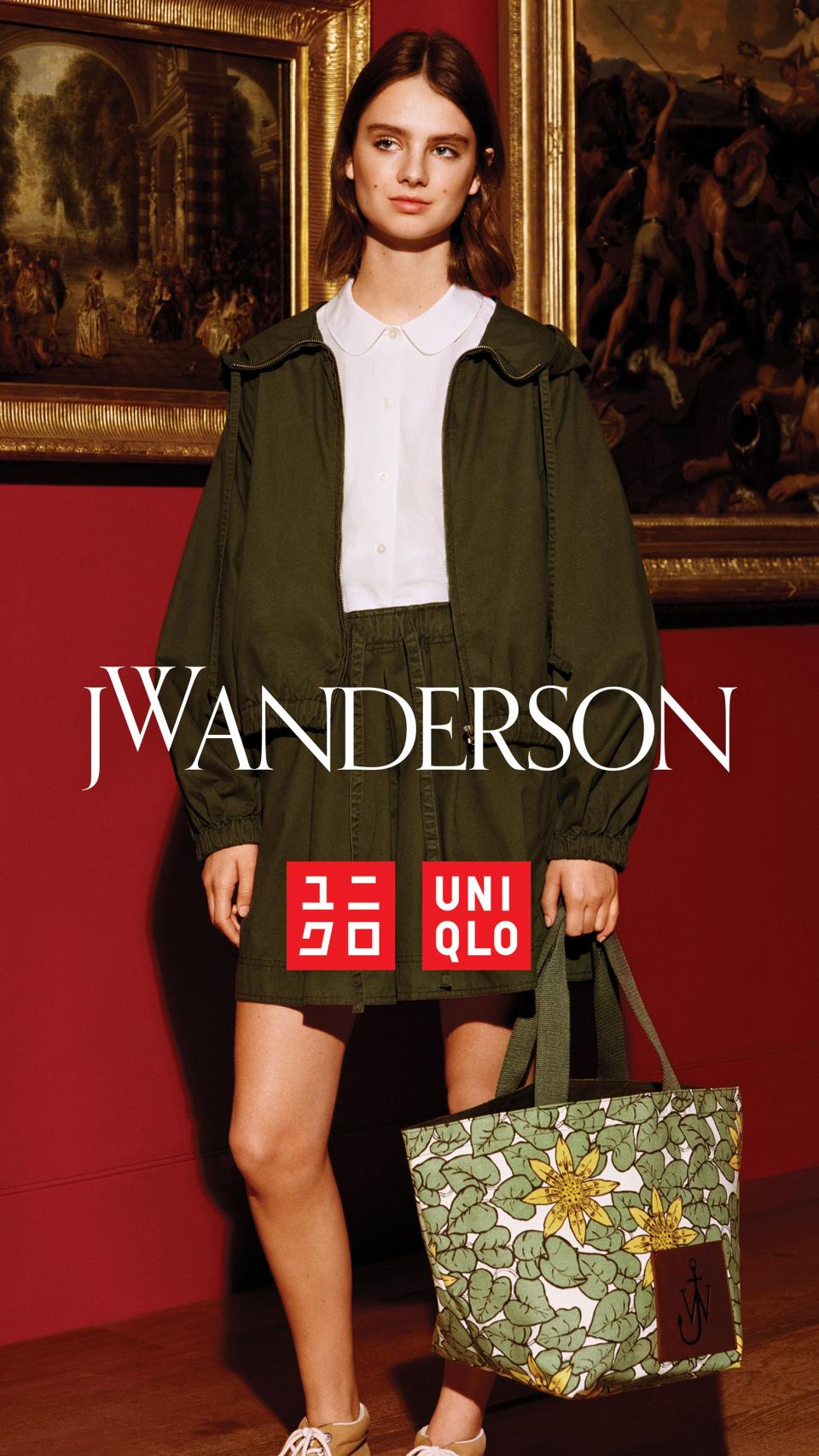
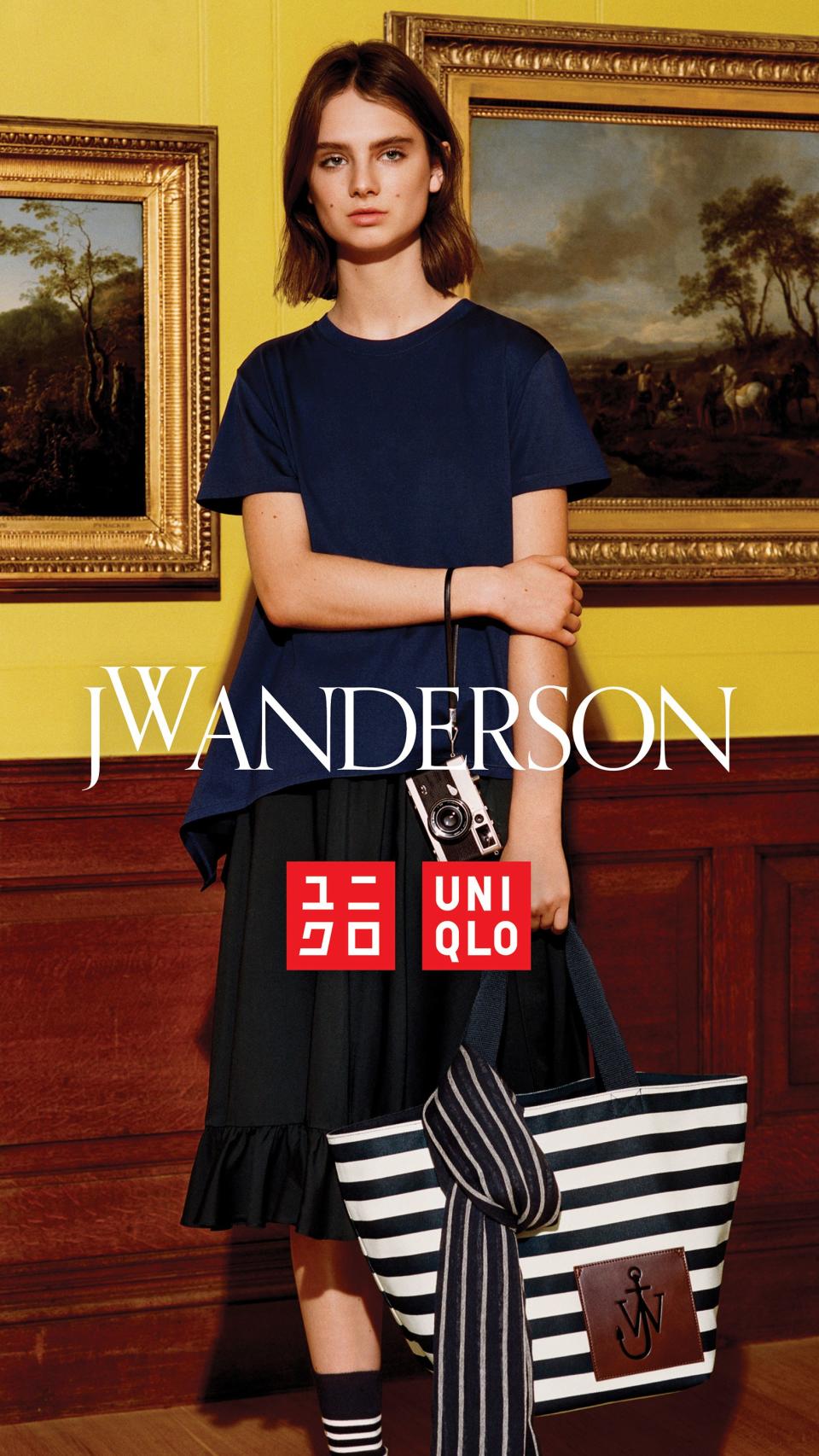
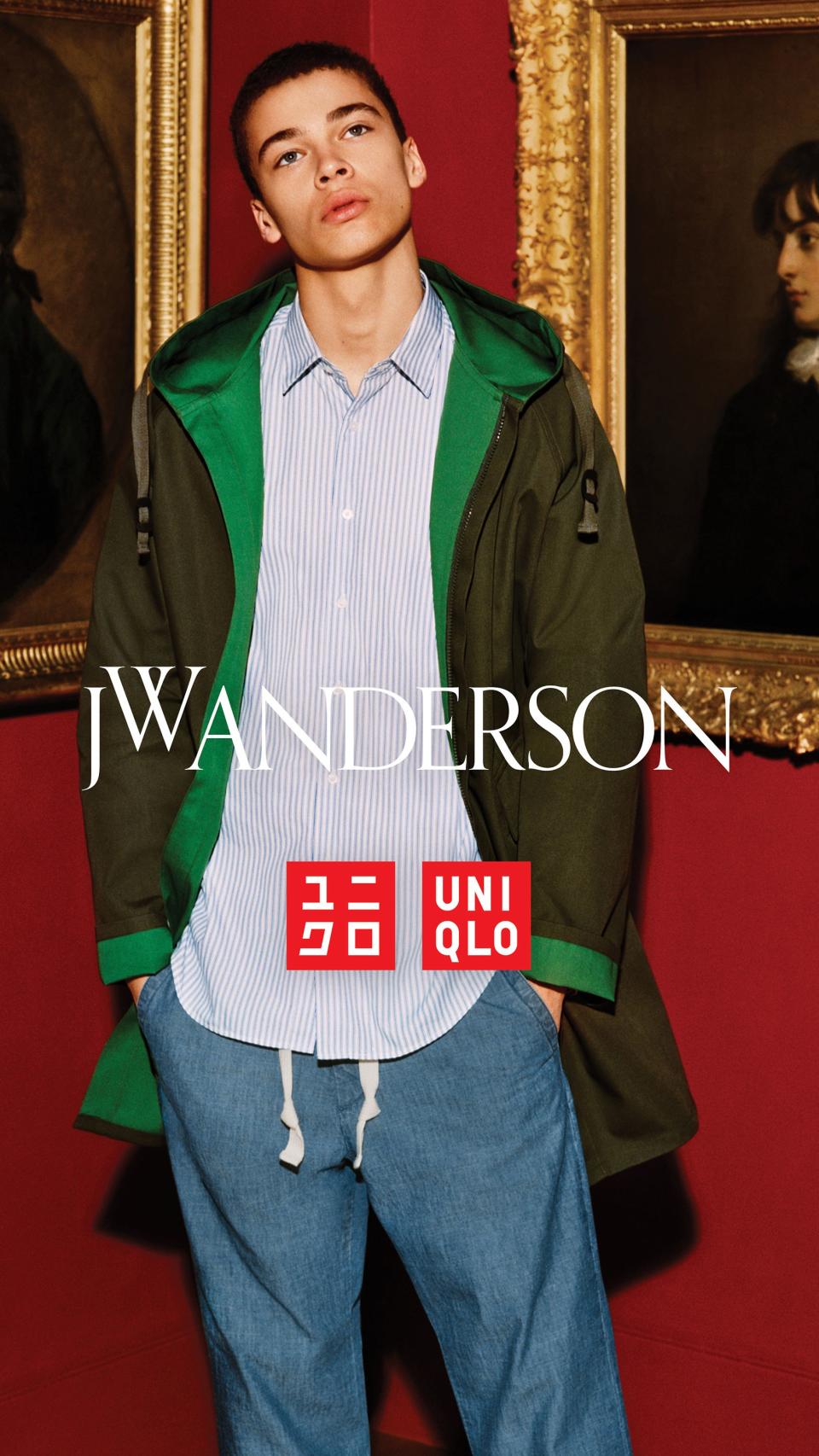
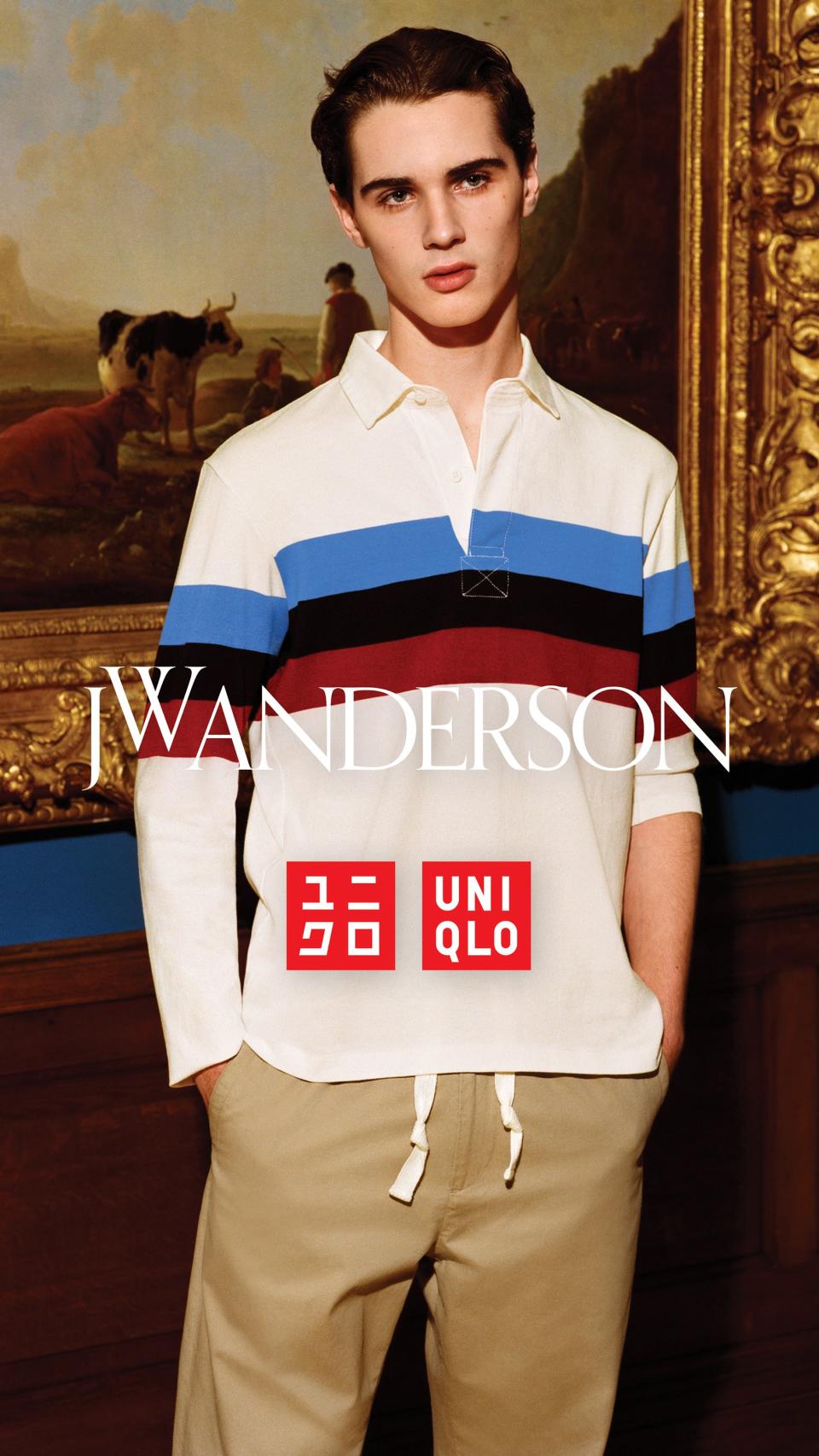
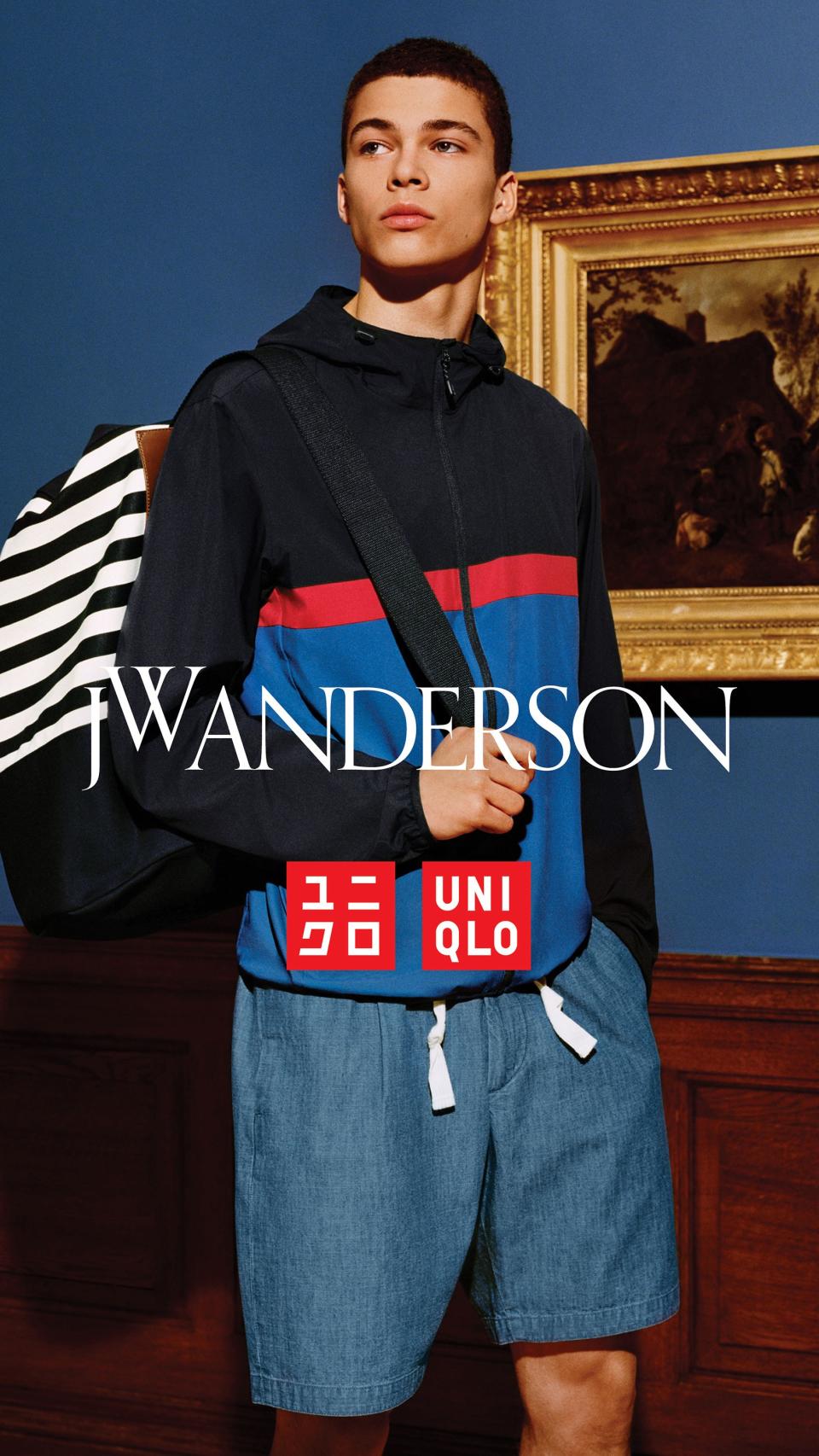
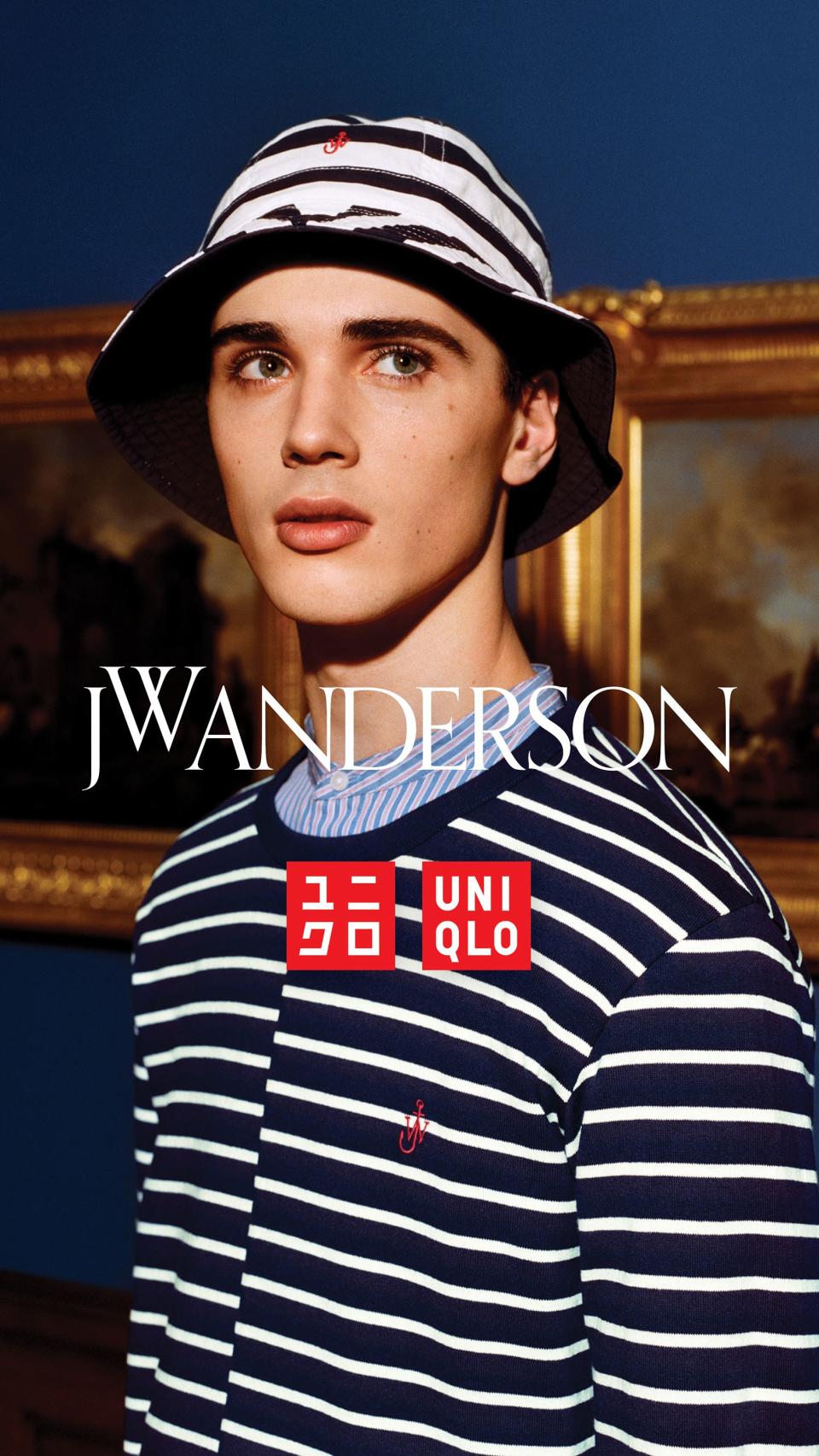
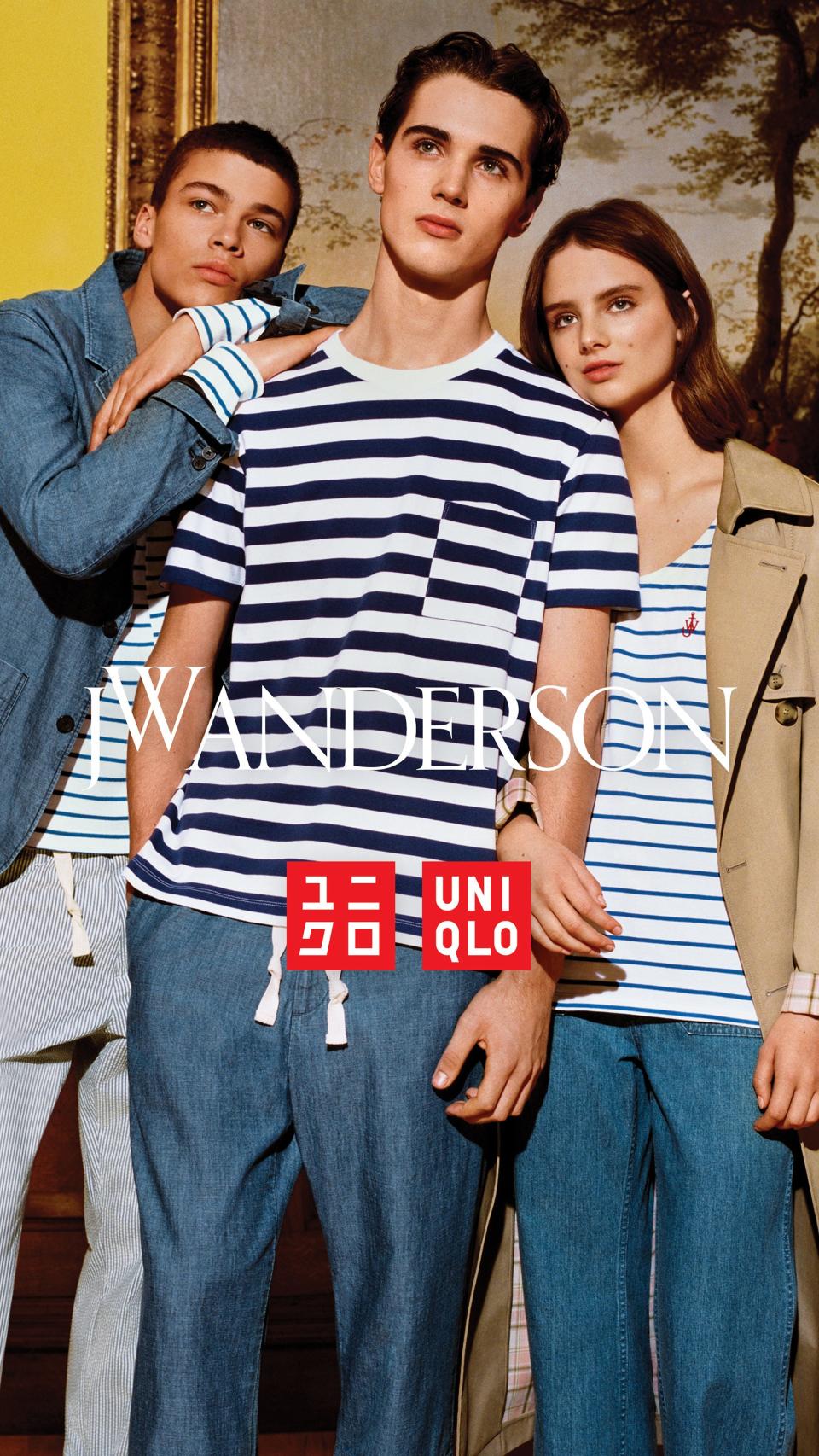
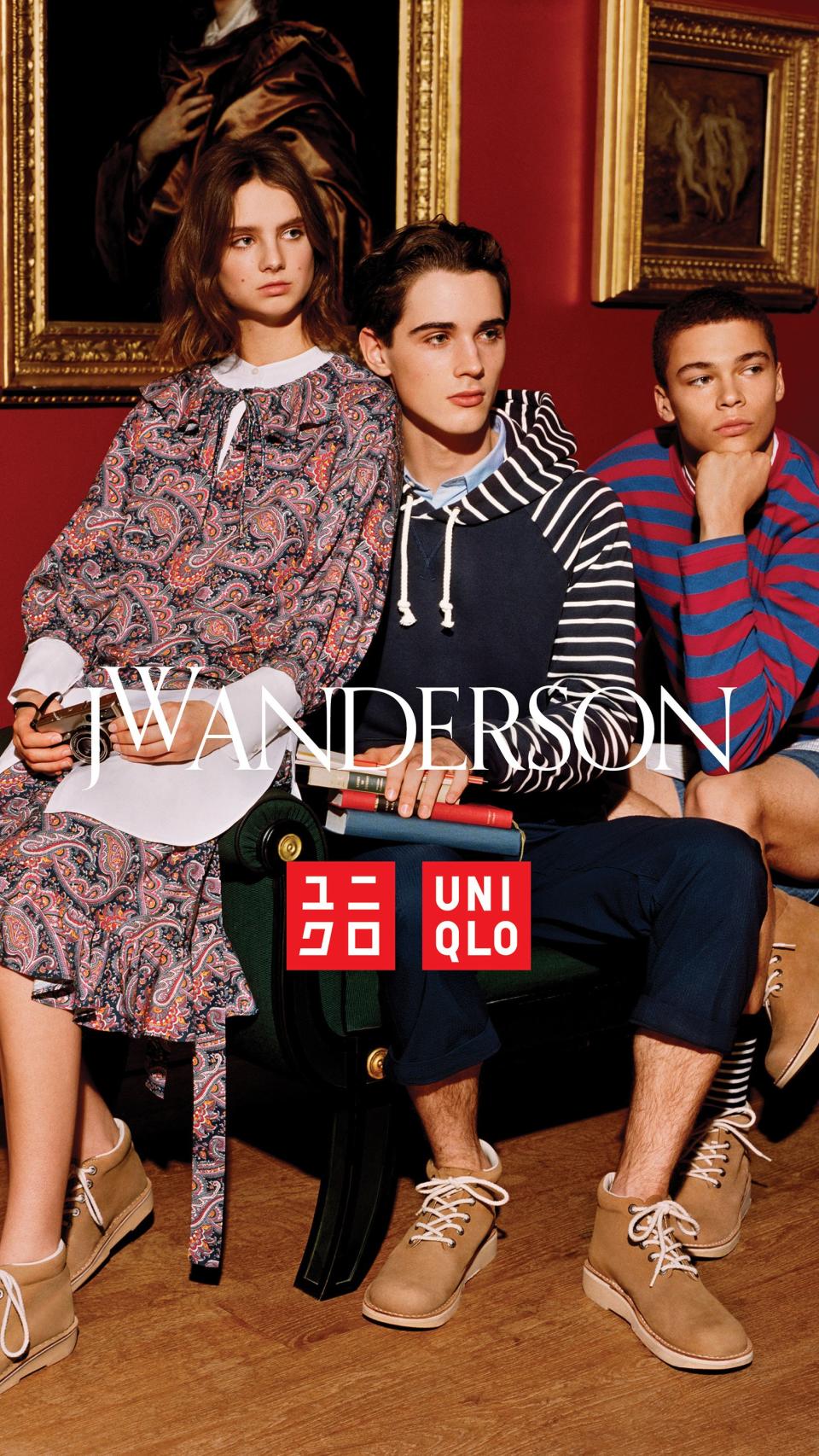
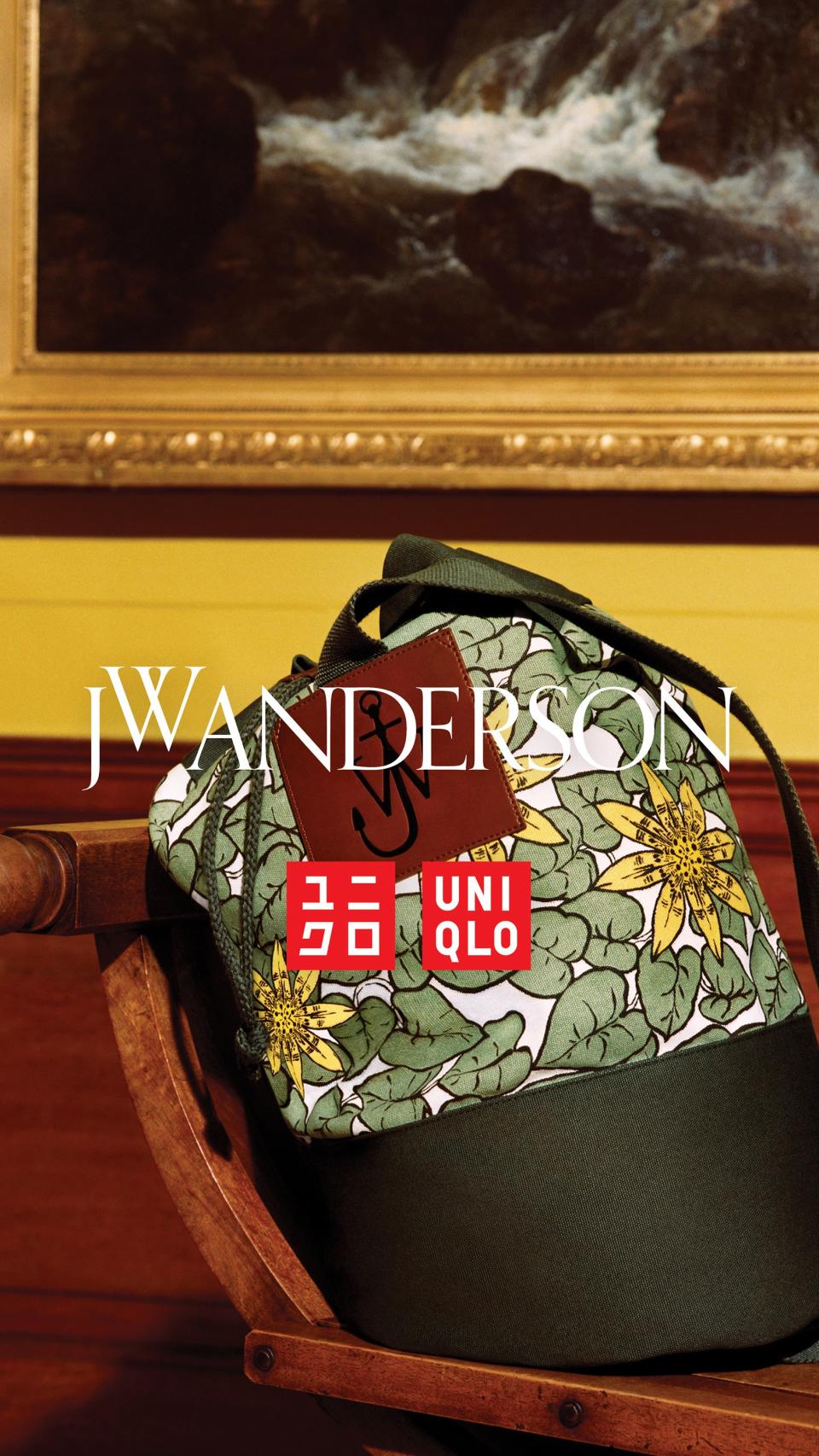
Jonathan Anderson looked completely at peace in Paris earlier this week, despite the specter of his latest Loewe show looming in short distance. The secret, the Northern Irishman revealed, lies in how early he completes each collection. “Loewe was completed last year, J.W. Anderson was just before,” he said, perched on a tobacco leather sofa in a 17th century hotel particulier, legs crossed and sporting a J.W. marinière. “I don’t like doing the January rush, you know what I mean. I like to get everything done. It’s quite nice because it’s a moment where you get rid of all the 2018, so now we can start 2019.”
It is this precise and orderly manner that allows him to take on so many projects. Anderson had just arrived from London, where he had presented his namesake brand’s Fall 2019 women’s collection, to reveal his third collaboration with Uniqlo, which launches March 7 online and in select stores. He completed the capsule nearly nine months ago, building upon the successes of the two that preceded it. “It’s a running dialogue,” he explained, “and it’s important that it doesn’t change overnight. This is a very different exercise.” Specifically, Anderson remains engaged in his exploration of British heritage classics. “This time I wanted it to feel slightly aristocratic, but a little bit off,” he said, gesturing toward the racks displayed around him—the seahorse-printed shorts, the paisley blouson dress. “It could be seahorses, it could be a stripe; I wanted to enter new basics that twisted the idea of classics, as well.”
What makes a classic, he pondered aloud. “It depends on what British person you speak to, there’s something in a striped shirt with no collar, there’s something definitely in a mac, obviously because a lot of weather happens in Britain,” he said. “I always went to school that had rugby in it, my father was a rugby player. The rugby shirt for me has always been part of my childhood, and if I’m not right, it started in England.” (It did, in fact, thus Anderson’s inclusion of a thick cotton version with a blue, black, and red central stripe.)
“There are things which are ingrained in certain cultures—like the baseball jacket is American, in a weird way the jean is an American kind of thing,” he went on. “Whereas in Britain, I think the mac, the rugby jersey, the Aran knit. I think there’s something in the idea of whimsical stripes that are very British, and I think a lot of what Britain is in terms of clothing in the last 10 years is influenced by school uniforms anyway.”
One might consider the difficult task at hand for a wildly imaginative Northern Irishman, flitting between London and Paris and Madrid, to be reworking British classics for a Japanese juggernaut. On the contrary: Who better appointed to work with a brand that possesses a uniquely globalist point of view? “It’s about how you build upon the democracy of clothing and how do you not just appeal to one country,” Anderson said. “It’s about ticking boxes globally, and it makes you think differently.”
Here, read the rest of Anderson’s conversation with Vogue Runway and get an early look at Uniqlo and J.W. Anderson.
How does one go about reinterpreting something that’s classic?
I think there is a way to work within the framework. There’s no point in putting an extra hole in a white T-shirt, you know, but it can be as subtle as changing thread. It can be the neck, the fit. It’s about the subtleties in classics. It’s quite difficult, actually. There’s only so far you can push it, and it actually makes the exercise incredibly... liberating, somehow. Because you have to think how do you go into a stylistic approach. Ultimately, the great thing about fashion is you can hide a lot of things, whereas when you make basics, you can’t hide from it. You see everything for what it is, it doesn’t scream at you.
What has the relationship been like between J.W. and Uniqlo, and how might it have evolved over these three editions?
Everything has really come from us talking to Uniqlo. We have to make something that fits within their framework. They have a customer. Why I love working with Uniqlo is I want to be able to work with their knowledge and look at how you can purchase things and challenge each other. Because ultimately that’s where you get good design. It’s through challenge and in a weird way through friction. One is pushing the other and you get really good results.
For example, color. I love color, I love a print on a print, and I like things that are poppy. And that’s something, you know, where I would like to think that I push and take a risk, but maybe not (laughs). Or, we did a mac that was bonded in the first collection with a check or a puffer with a check and that was a risk and sometimes these things work out. But then at the same time, what I learned from Uniqlo is that it’s about how do you build upon the democracy of clothing and how do you not just appeal to one country. It’s not about that, it’s about ticking boxes globally and it makes you think differently.
What do you think about the effect globalism has had on fashion?
As a benefit and negative of social media and the Internet, it made the world very small in a weird way, as much as we thought it would get really big. That’s quite at the same time incredibly liberating, but it comes up with challenges. When you are talking about a product, you are talking globally. It used to be apparent you would talk to different markets differently; now we have one message and in a weird way, Uniqlo is very poised for that because that’s what they’re about. It’s about that one message and that it has to be able to appeal to everyone. I think that’s a fascinating approach.
How do you navigate that challenge of creating something with more universal appeal, while maintaining your own core identity?
I think the key to Uniqlo’s core identity is that it is one of the only brands you can mix with other brands, high and low. And I think ultimately, they are giving the consumer the versatility to be able to say “do what you want to do with the clothes.” It’s not a dictated look. It is not a look that is going to work for 25 people or for 100 people, it’s a product that needs to work for tens of thousands of people. And it allows the consumer to make the decision. You can put this with this, with this, with this. They are not a precious brand, and I think that’s what’s so important in what they do.
I know sometimes they hate me saying we’re basic, but in a weird way, I think it is an amazing piece of classicism. It’s very tempting to over-egg product today. The Internet has made us become incredibly loud. We need things that are shocking or controversial or colorful or talking points, and sometimes, you have to make things quite subtle. Because ultimately, that’s what we want to get up in the morning and easily put on. Not that you need an entire wardrobe like that, but it is an amazing base level to have an amazing knit, an amazing pair of socks, an amazing T-shirt. And I feel how fantastic that a product lets you do the talking, instead of the product. It’s not often you can get that.
This interview has been edited and condensed.
Uniqlo and JW Anderson launches on March 7 online and in select Uniqlo stores.

